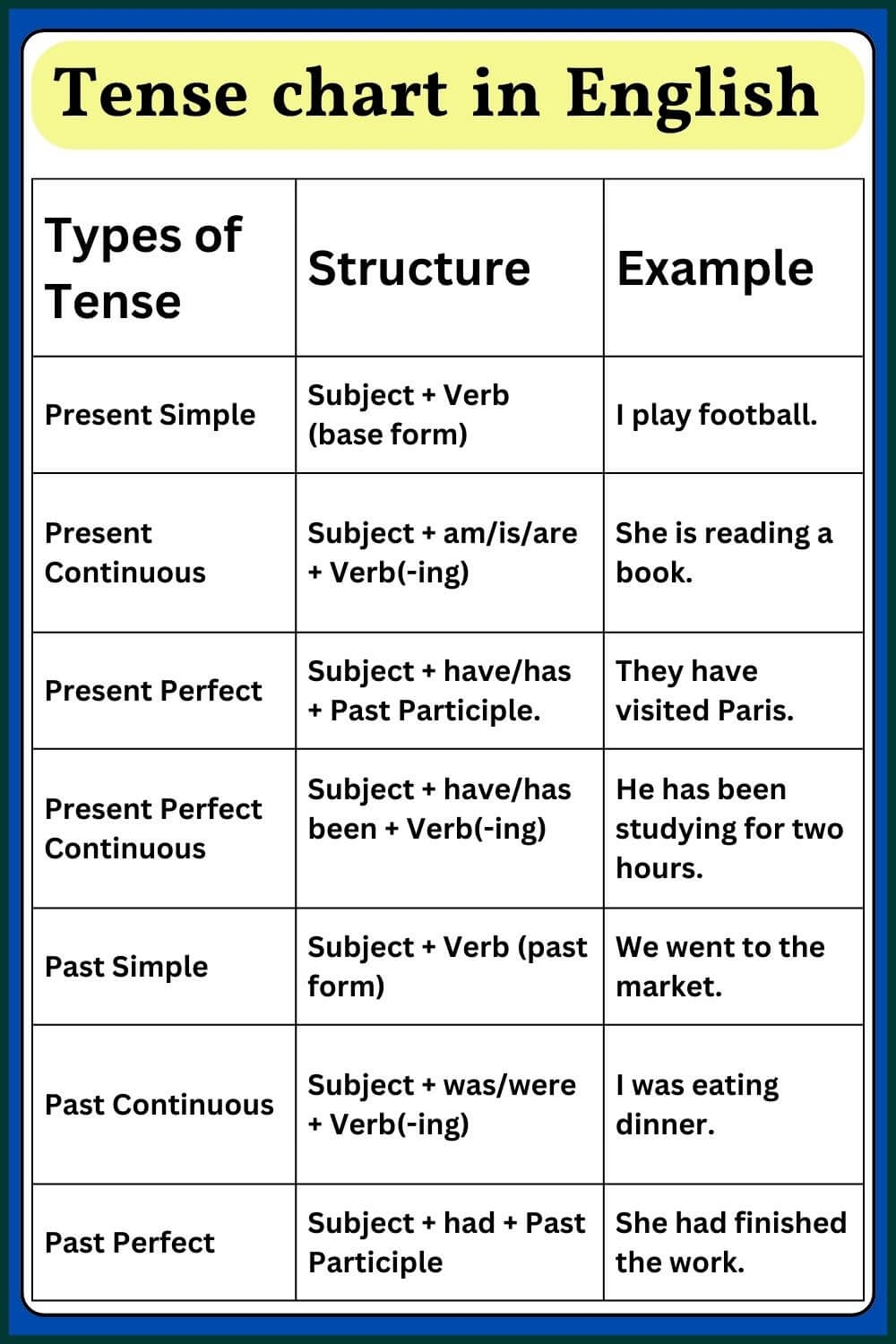Understanding verb tenses is crucial in mastering the English language. One important verb to understand is the “to be” verb, which is used to indicate a state of being. It is essential to know the different tenses of the “to be” verb to effectively communicate in English.
In this article, we will discuss the different tenses of the “to be” verb and provide a helpful chart to aid in your understanding.
To Be Verb Tenses Chart
| Tense | Example |
|---|---|
| Present Simple | I am |
| Present Continuous | I am being |
| Present Perfect | I have been |
| Past Simple | I was |
| Past Continuous | I was being |
The “to be” verb has different tenses that indicate the time of the action or state of being. The present simple tense is used for actions that are currently happening, the present continuous tense is used for actions that are ongoing, and the present perfect tense is used for actions that have been completed. The past simple tense is used for actions that happened in the past, and the past continuous tense is used for actions that were ongoing in the past.
It is important to use the correct tense of the “to be” verb to convey the intended meaning in a sentence. By studying and practicing the different tenses of the “to be” verb, you can improve your English language skills and communicate more effectively.
Practice using the “to be” verb tenses in different sentences to become more comfortable with their usage. Pay attention to the time frame of the action or state of being and choose the appropriate tense accordingly. With practice, you will become more confident in using the “to be” verb in various situations.
In conclusion, mastering the different tenses of the “to be” verb is essential for effective communication in English. Use the provided chart as a reference guide to help you understand and use the various tenses of the “to be” verb correctly. By practicing and applying these tenses in your writing and speaking, you will enhance your language skills and become a more proficient English speaker.
